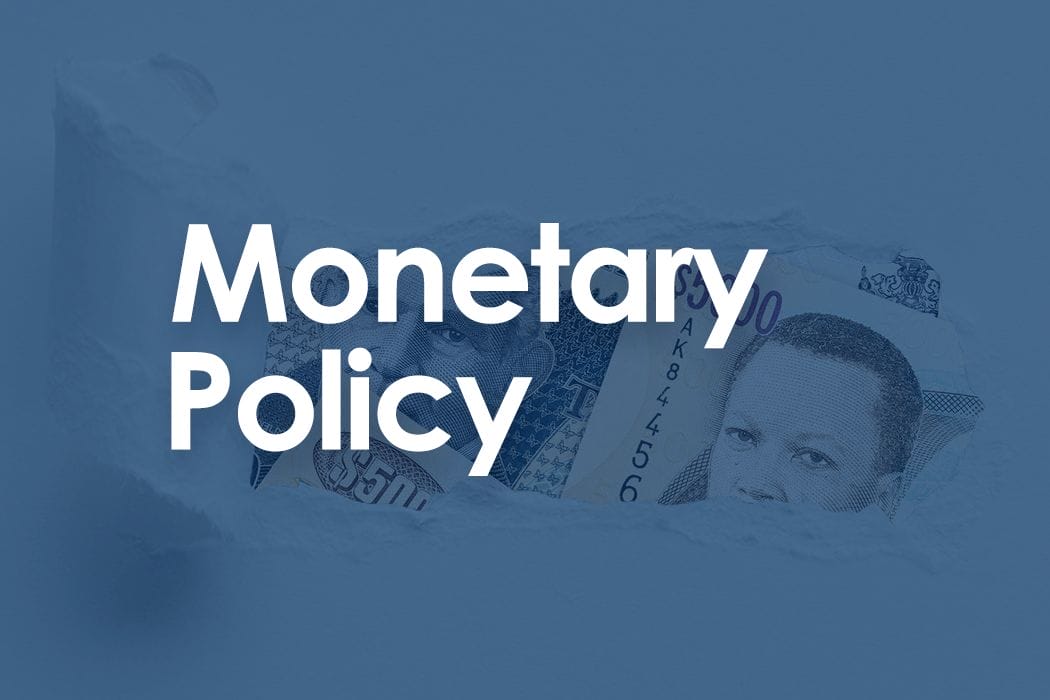
BANK OF JAMAICA TIGHTENS MONETARY POLICY WITH CONDITIONAL PAUSE
Jamaica’s inflation rate at October 2022 of 9.9 per cent was higher than the outturn at September 2022 of 9.3 per cent. While the key external drivers of headline inflation, such as grains and shipping prices, continued to trend downwards, the Bank has not yet seen the full pass-through to domestic food prices. Further, core inflation (which excludes food and fuel prices) increased marginally to 9.0 per cent at October 2022 from 8.9 per cent at September 2022. There is some risk that core inflation will remain high for a protracted period if inflation expectations, second-round effects from the commodity price shocks and labour market pressures do not moderate.
In addition, monetary tightening among Jamaica’s main trading partners continued at a fast pace. On 2 November 2022, the Federal Reserve Board (Fed) raised its interest rate target by 75 basis points (bps) and signalled further rate increases. This policy stance could cause capital outflows from Jamaica and a faster pace of exchange rate depreciation if domestic monetary policy is not aligned correctly.
Therefore, to further mitigate these risks and to facilitate a return of inflation to the target range in the shortest possible time, Bank of Jamaica announces its decision to increase the policy interest rate (the rate offered to deposit-taking institutions on overnight placements with BOJ) by 50 bps to 7.00 per cent. The current decision has resulted in a cumulative increase in the policy rate since October 2021 of 650 bps.
In addition, the Bank also decided to continue containing Jamaican dollar liquidity expansion and maintaining relative stability in the foreign exchange market. Since October 2021, while maintaining a flexible exchange rate, the Bank has taken decisive actions in the foreign exchange market, including selling foreign exchange when necessary. Without these actions, imported inflation and hence the final prices faced by consumers would have been higher. The Bank’s strong international reserves reinforces its ability to support the foreign exchange market as needed.
These policy signals are expected to cause interest rates on deposits and loans to rise further, making savings in Jamaican dollars more attractive relative to foreign currency assets and borrowing in Jamaican dollars more expensive. They are consequently expected to help reduce the demand for foreign currency, underpinning a more stable exchange rate and lower inflation. The measures are also intended to constrain aggregate demand and, consequently, limit the ability of businesses to pass on price increases to consumers. While there have been some movements in commercial banks’ deposit and loan rates, further increases in these rates in response to the Bank’s policy rate signals are anticipated.
Therefore, the Bank judges that it is appropriate to pause further policy rate increases and watch the pass-through effects on deposit and loan rates. This pause is also conditional on the MPC seeing more pass-through of international commodity price reductions to domestic prices and on the Fed not exceeding their targeted rate increase for 2022 and 2023.
The Bank’s decisions were also based on the following assessments:
- Consistent with global consensus forecasts for a fall in commodity prices and the Bank’s overall monetary policy stance, and absent any new shocks, inflation is projected to decelerate in 2023. Still, inflation will continue to breach the upper limit of the Bank’s target range over the next 10 to 12 months. This forecast envisages that annual inflation will fluctuate between 9.5 per cent and 10.5 per cent in November and December 2022 and fall within the target range by the December 2023 quarter. The forecast assumes that the public’s expectation for future inflation will continue to fall. The near-term risks to the inflation forecast are balanced, which means that actual inflation could be in line with the projection.
- The Jamaican economy continues to perform creditably. There are signs that the economy continued to expand for the September 2022 quarter and the December 2022 quarter to date. Domestic economic activity is projected to return to pre-COVID-19 levels by early 2023. In this context, GDP growth for FY2022/23 is projected to moderate to the range of 2.5 to 4.5 per cent from the growth of 8.2 per cent in FY2021/22, which is broadly similar to the Bank’s previous projection. However, the risks to the domestic GDP forecast are skewed to the downside, meaning GDP growth could be lower than the forecast.
The Bank will continue to pursue initiatives to address structural impediments to the monetary transmission mechanism. In addition, the Bank will continue to identify and closely monitor global and domestic risks that threaten Jamaica’s inflation target.
A summary of the MPC’s discussions influencing the monetary policy decision has been published on the Bank’s website at https://boj.org.jm/core-functions/monetary-policy/policy-schedule/summary-of-decisions/. The factors influencing this monetary policy decision will be discussed at the Bank’s Monetary Policy Press Briefing, scheduled for Friday, 18 November 2022.
The date of the next policy decision announcement is 20 December 2022.
– 30 –








